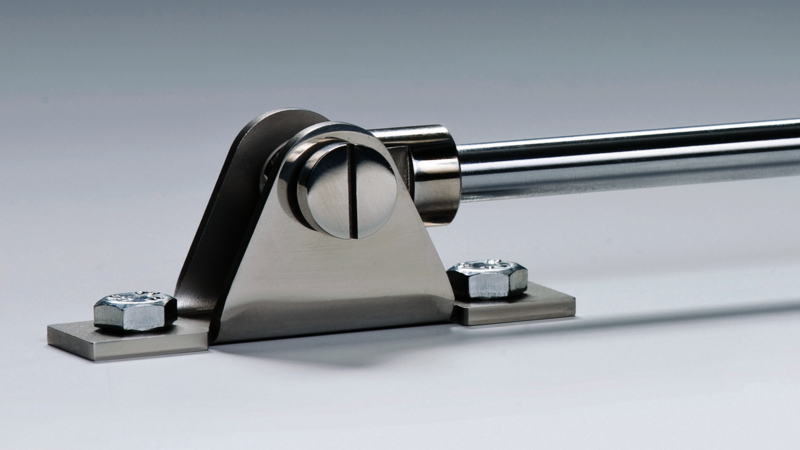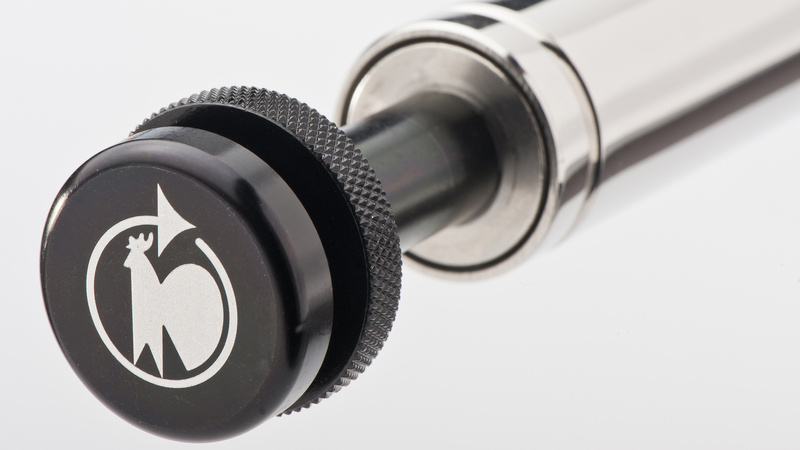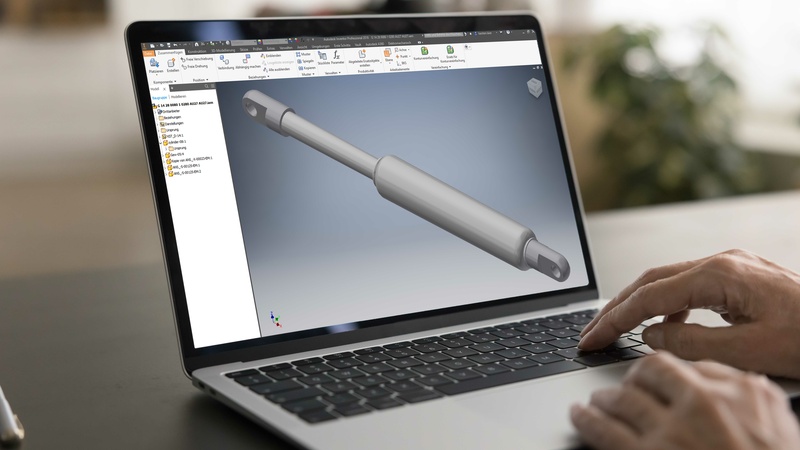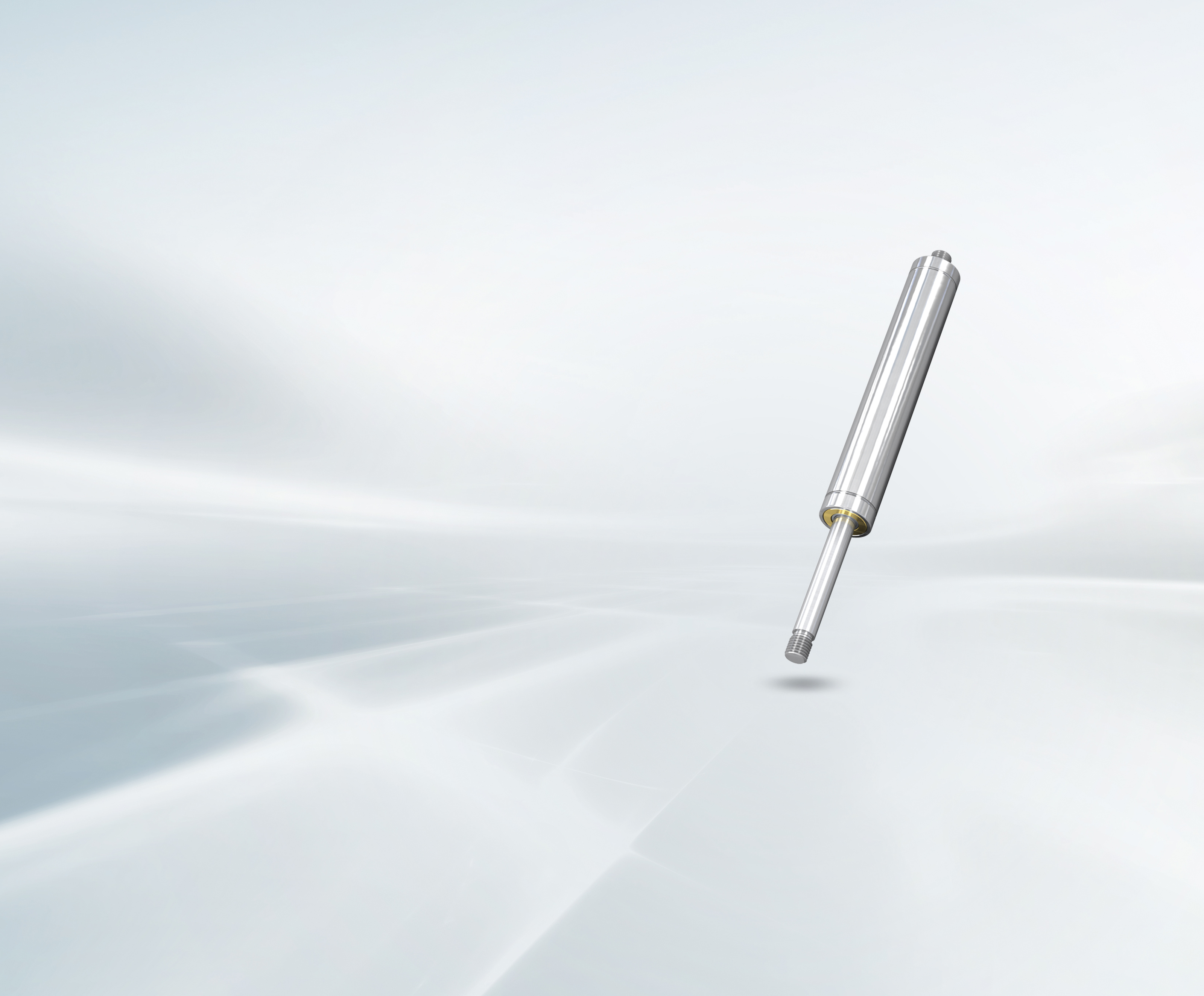Gas pressure springs from HAHN Gasfedern are the ideal solution when it comes to moving masses in a controlled manner without great effort. Whether you work in the furniture industry, mechanical engineering, or medical technology, you will find that our gas pressure springs ensure smooth weight compensation and enable hatches and lids to be opened and held in position effortlessly. Thanks to the use of high-quality materials, such as steel and V2A and V4A stainless steel, our maintenance-free gas springs are robust and durable. We offer rust-proof and chemical-resistant options especially for medical technology and maritime use.

Gas strut
Areas of application
- Furniture
- vehicles
- Mechanical engineering
- Sports, leisure and household appliances
- medical technology
- Many other areas of industry and the private sector
Functional principle
The functional principle of a gas strut is to create a weight balance and counteract the weight of a lid. When a flap is opened, the gas strut supports the manual force. It is a self-contained, maintenance-free element consisting of a pressure tube and a piston rod with piston. The purpose of the seal on the piston rod guide is to prevent gas loss. The gas pressure spring is filled with compressed nitrogen, which provides the spring force. It also contains a small amount of hydraulic oil for end position damping and lubrication. The oil influences the internal pressure: the more oil, the less space for nitrogen. The pressure acts on the cross-sectional area of the piston rod and thus generates the extension force. In the unloaded state, the piston rod is extended. When it is pushed in, the gas is compressed further, which leads to an increase in force (progression). This depends on the diameter of the piston rod and the volume of the cylinder.
Series and sizes
You can find all our different series and sizes in our catalog.
-
Accessories

Discover our versatile accessories for gas springs and special solutions: From flexible actuation systems to special components for extreme conditions. Perfect solutions to suit your individual requirements – with HAHN Gasfedern, there are no limits to your creativity!
-
Extras

Discover our customized extras for HAHN gas springs. From protective tubes and seals to special damping solutions, we offer innovative solutions to meet all requirements for optimizing the performance and longevity of your gas springs.
-
Calculation tools

Whether you are interested in gas springs, oil brakes, or sliding door dampers, our experienced specialists will calculate the ideal solution for you that is customized to your requirements. Simply fill out the appropriate form, and we will take care of the rest so that you receive a product tailored to your application.
